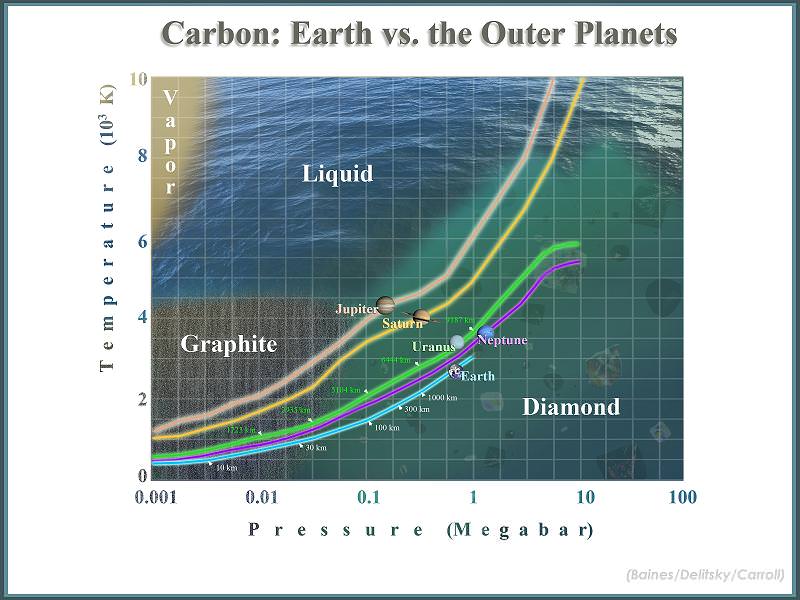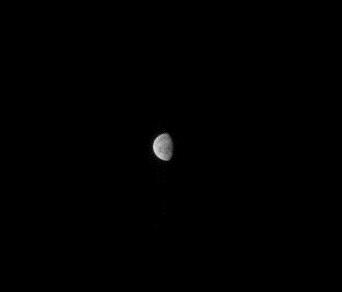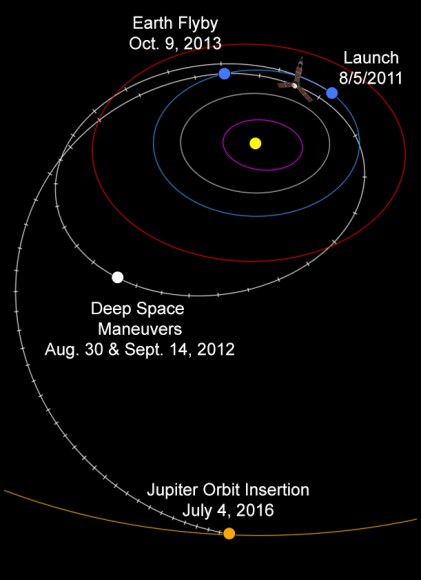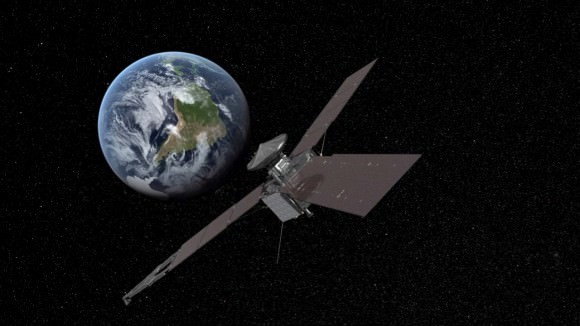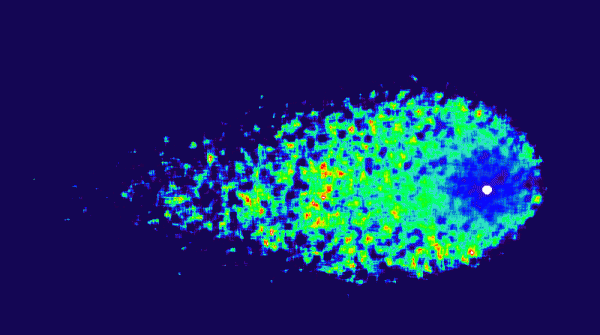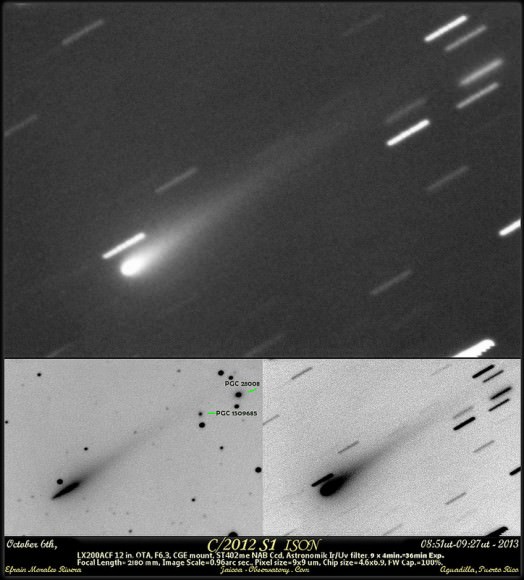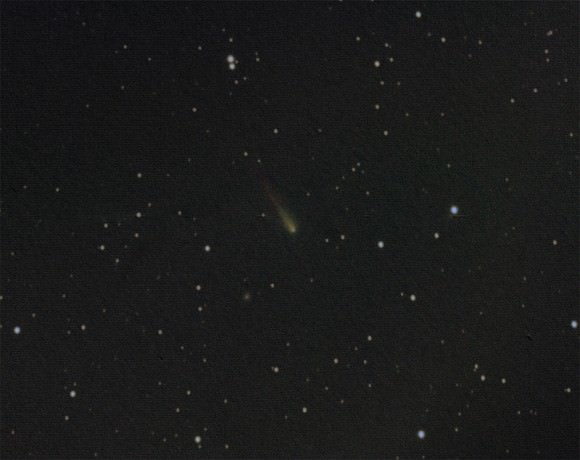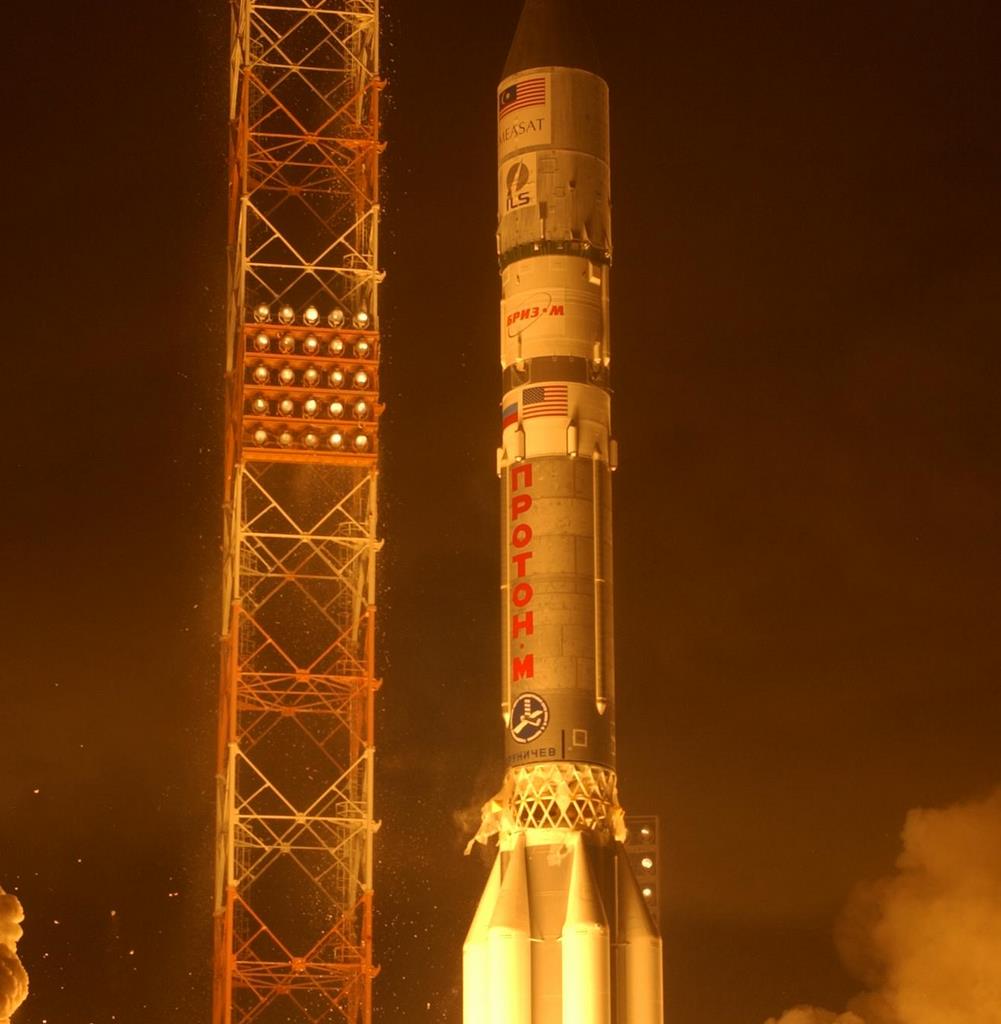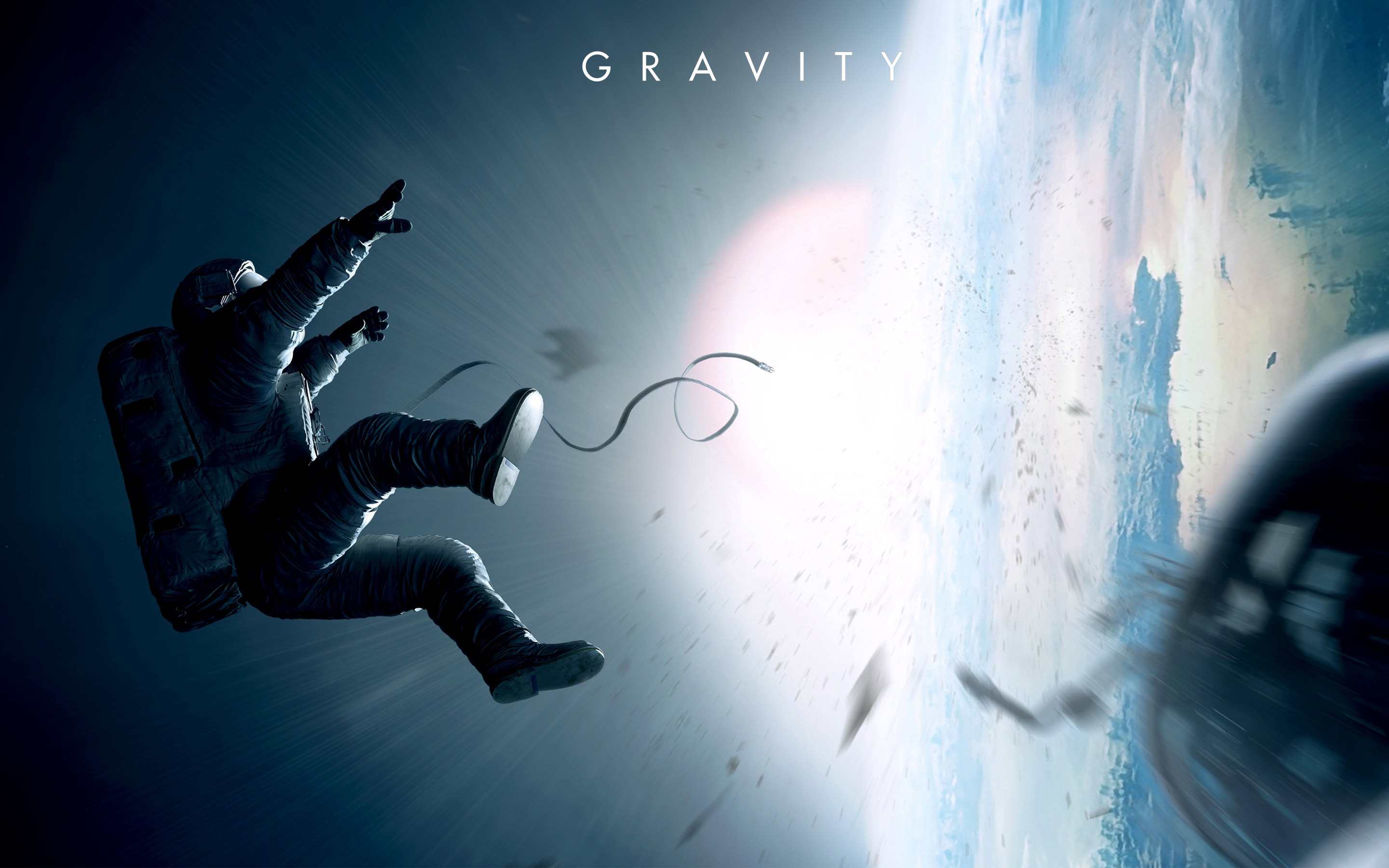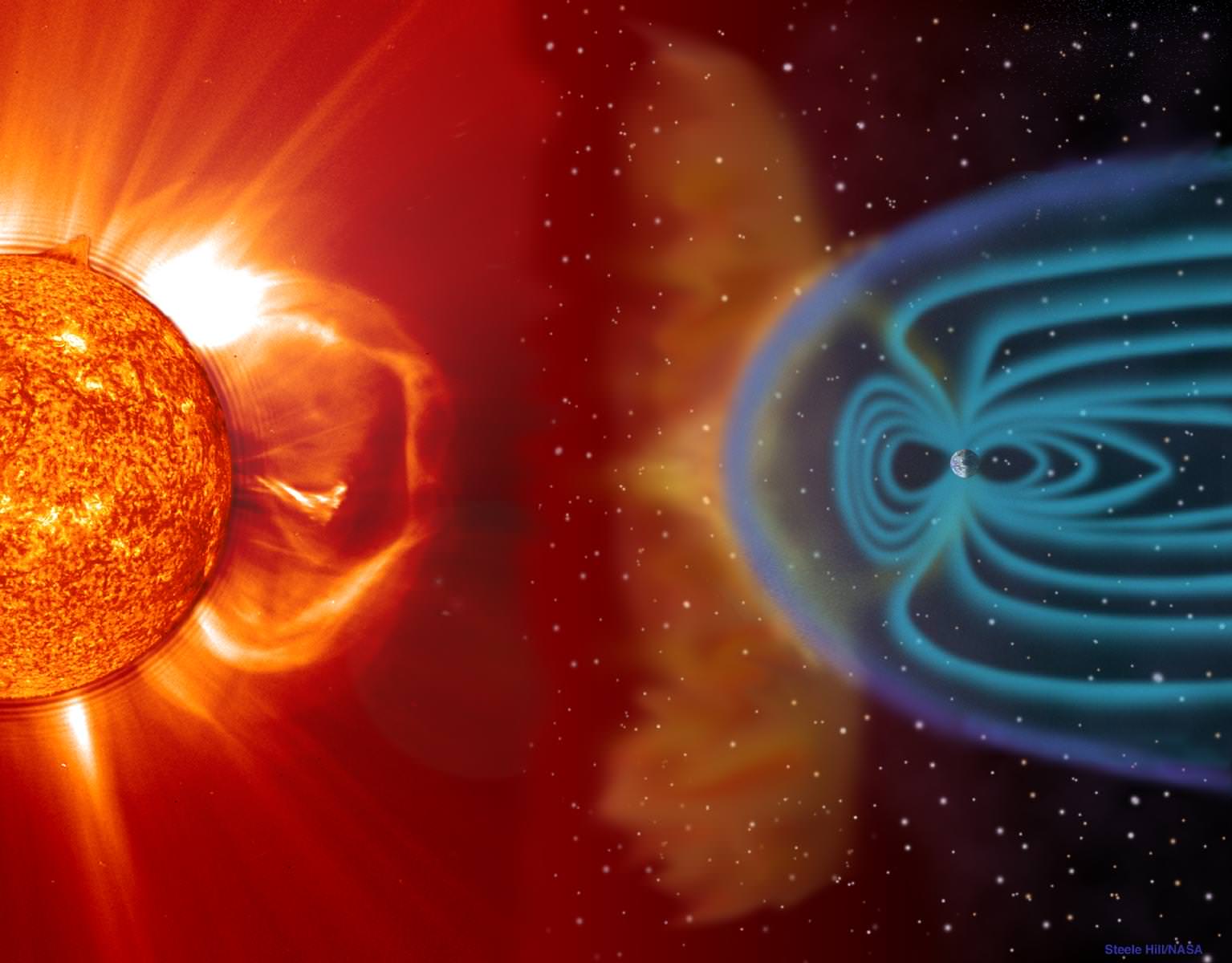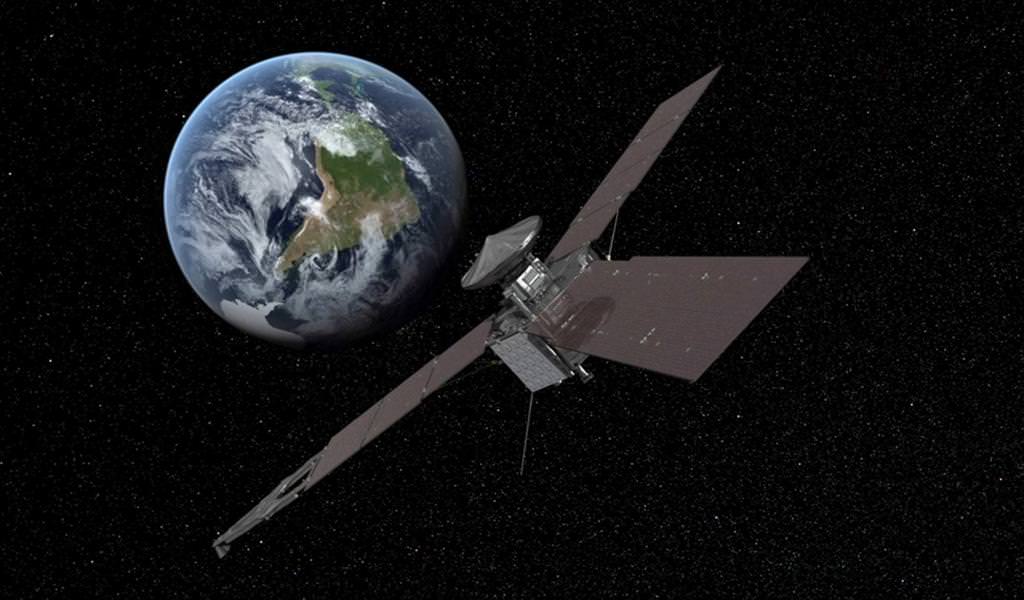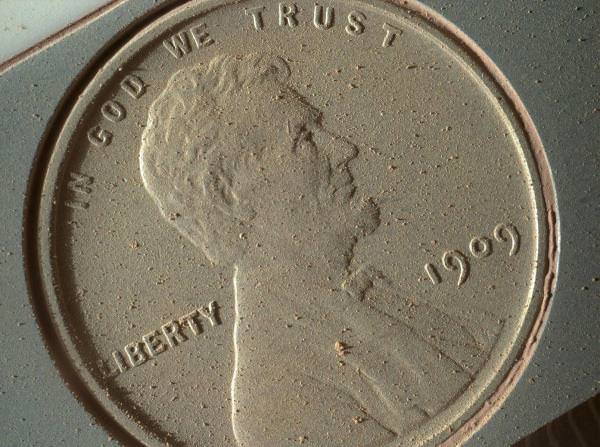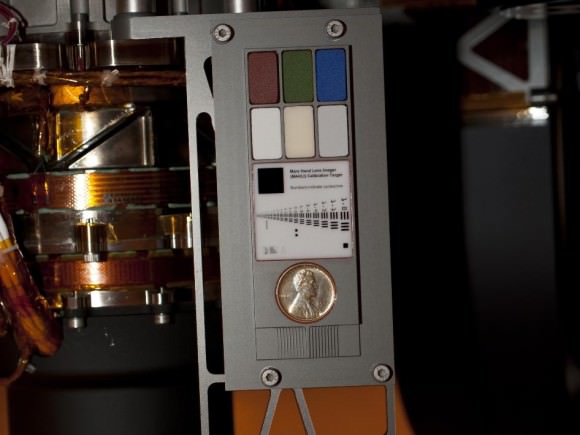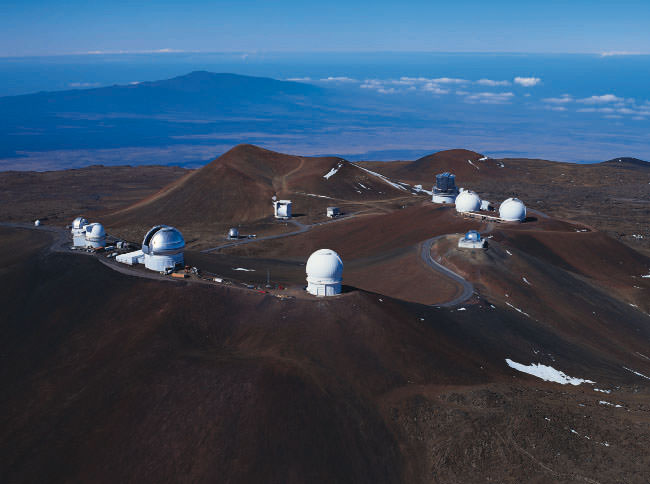“Picture yourself in a boat on a river…” And make it a river of liquid hydrogen and helium deep within the atmospheres of Jupiter and Saturn. You might not find a girl with kaleidoscope eyes, but you may very well find diamonds. According to new research, there may be an abundance of these precious gemstones swirling about in the skies of our solar system’s giant planets.
Recent data compiled by planetary scientists Mona L. Delitsky of California Specialty Engineering in Pasadena, California, and Kevin H. Baines of the University of Wisconsin-Madison, has been combined with newly published pressure temperature diagrams of Jupiter and Saturn. These diagrams, known as adiabats, allow researchers to decipher at what interior level that diamond would become stable. They also allow for calculations at lower levels – regions where both temperature and pressure are so concentrated that diamond becomes a liquid. Imagine diamond rain… or rivulets of pure gemstone.
These adiabats of Saturn and Jupiter’s interior materials have been improved through new equations. Through the use of shockwave techniques, researchers at Sandia Laboratories and Lawrence Livermore National Laboratory have been provided with set boundaries for the various states of carbon. From these findings, you would be amazed at the chain of events at what might make diamonds occur. According to Delitsky and Baines, carbon could be generated as soot or graphite from a lightning strike. Since lightning is normal during Saturn’s many huge electrical storms, it stands to reason this elemental carbon would descend to a lower atmospheric level to be compressed into solid diamonds. It would then further descend towards the planet’s core to be eventually “pressure cooked” into a liquid state.
While the idea of diamonds at the heart of planets like Uranus and Neptune has been known for at least three decades, planetary scientists have been hesitant to include Jupiter and Saturn, concluding they were either too cool, too hot, or otherwise not suitable for the production of solid diamonds. Just as Jupiter and Saturn are much warmer at their cores, Uranus and Neptune are much too cold to sustain diamonds in a liquid state. However, thanks to the latest data, researchers are confident that deep inside Saturn there may be diamonds so large that they could be referred to as “diamondbergs”!
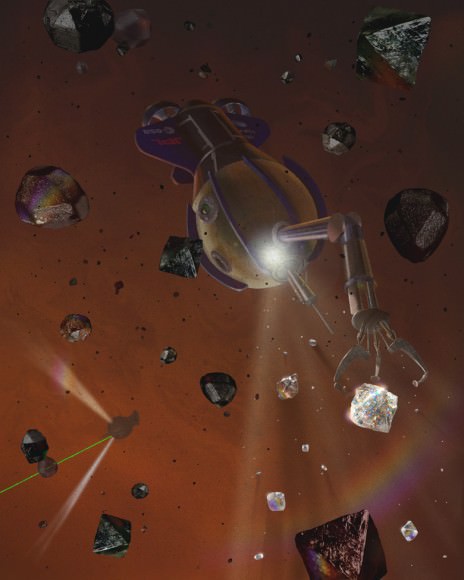 Is this the kind of stuff we dream of one day mining? You bet. In a book entitled “Alien Seas” (Springer 2013), Baines and Delitsky have devoted a chapter to the ringed planet entitled “The Seas of Saturn”. Here the duo elucidates on the new, accurate data and makes up a story about robotic mining missions delving deep into the interior of Saturn. Spooky robot hands reach out through the mist, gathering chunks of diamonds and ready them for return to Earth. Because of this new information, theorists Delitsky and Baines report that “diamonds are forever on Uranus and Neptune and not on Jupiter and Saturn.”
Is this the kind of stuff we dream of one day mining? You bet. In a book entitled “Alien Seas” (Springer 2013), Baines and Delitsky have devoted a chapter to the ringed planet entitled “The Seas of Saturn”. Here the duo elucidates on the new, accurate data and makes up a story about robotic mining missions delving deep into the interior of Saturn. Spooky robot hands reach out through the mist, gathering chunks of diamonds and ready them for return to Earth. Because of this new information, theorists Delitsky and Baines report that “diamonds are forever on Uranus and Neptune and not on Jupiter and Saturn.”
Ah, well… I’m still watching for Lucy in the sky.
This news release is based on DPS abstract #512.09 by M. L. Delitsky and K. H. Baines for their conference oral talk on Friday, 11 October 2013.

